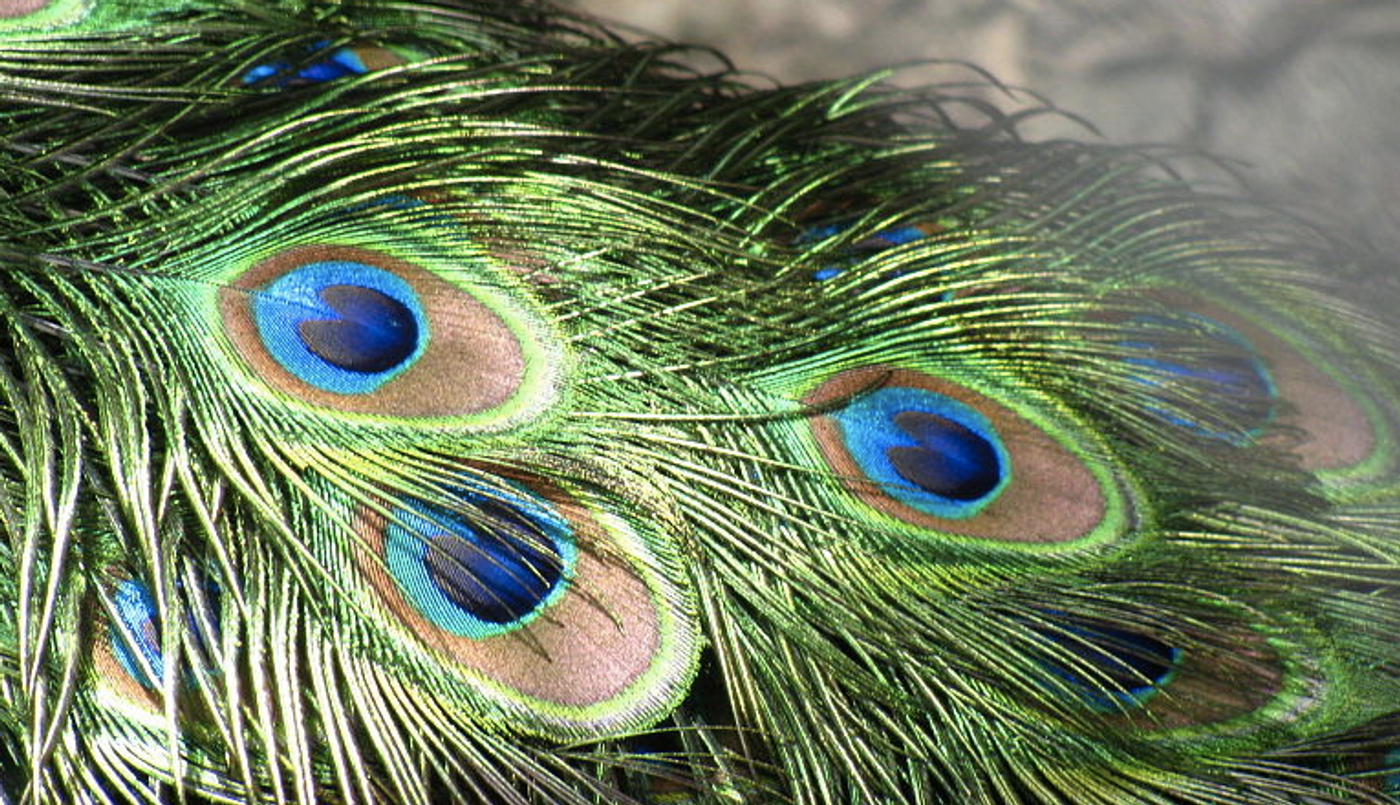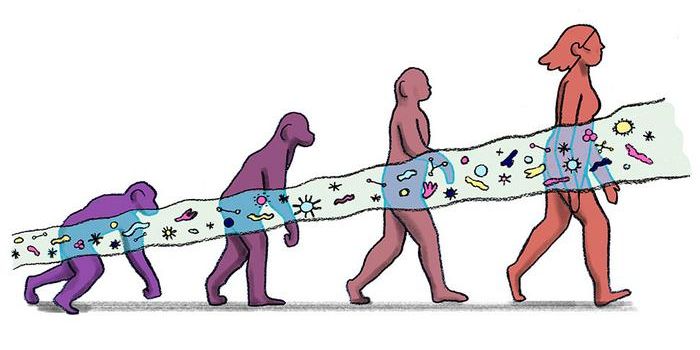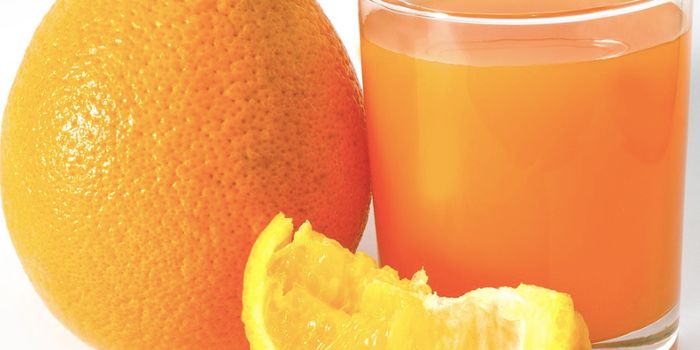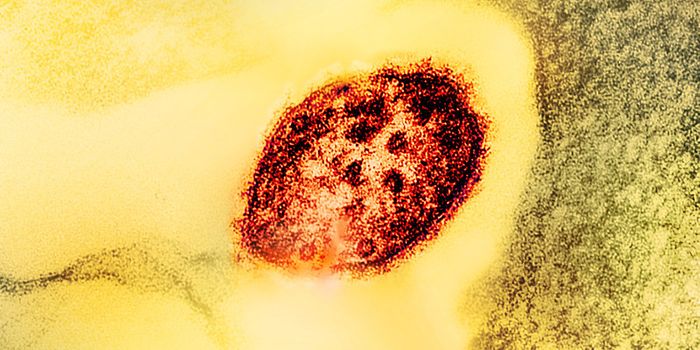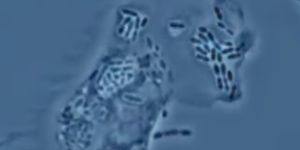Using Bacteria to 'Grow' Vibrantly Colored Paints
Nature produces some amazing colors, like the pigments on the feathers of a bird or the wings of a butterfly, and now scientists have deciphered the genetic code underlying those colors. Reporting in the Proceedings of the National Academy of Sciences (PNAS), researchers at the University of Cambridge and Dutch company Hoekmine BV have performed the first genetic assessment of structural color and opened up new avenues in the study of organisms that are structurally pigmented.
There are some brightly colored bacteria, and the coloration of some of them can be altered by tinkering with their genetics, the scientists found. It may now be possible to grow these modified bacteria on an industrial scale, to make a variety of things like non-toxic and biodegradable paints. Instead of manufacturing them, they could be grown.
"It is crucial to map the genes responsible for the structural coloration for further understanding of how nanostructures are engineered in nature," explained first author Villads Egede Johansen, from Cambridge's Department of Chemistry. "This is the first systematic study of the genes underpinning structural colours—not only in bacteria but in any living system."
One kind of bacteria that is pigmented is flavobacterium. It grows in tight colonies of vibrant metallic colors, produced by their structure instead of pigment. Scientists still aren’t sure how these structures are made by nature, but they reflect light at specific wavelengths, emitting color.
To understand more about how the genetics underlying the anatomy and optical characteristics of regular and mutated bacteria, the researchers compared the two.
Next, they genetically altered the ability of bacteria to migrate or how it was shaped, the geometry of the colonies they formed also changed. Because of that shift in geometry, their coloration changed as well. They could make the color duller or make it disappear, or change from blue to red.
"We mapped several genes with previously unknown functions and we correlated them to the colonies' self-organizational capacity and their coloration," noted senior author Dr. Colin Ingham, CEO of Hoekmine BV.
"From an applied perspective, this bacterial system allows us to achieve tune-able living photonic structures that can be reproduced in abundance, avoiding traditional nanofabrication methods," said co-senior author Dr. Silvia Vignolini of the Department of Chemistry at Cambridge. "We see a potential in the use of such bacterial colonies as photonic pigments that can be readily optimized for changing coloration under external stimuli and that can interface with other living tissues, thereby adapting to variable environments. The future is open for biodegradable paints on our cars and walls—simply by growing exactly the color and appearance we want!"
Dr. Vignolini is featured in the panel discussion above; the talk is about how mature inspires the creation of better materials.
